
The New Rules - No Rules World
In 2026, companies face a world where traditional rules are fading.
Across the world, entire generations animated by grievance are raging against injustice, inequality, and sheer incompetence. As activated societies fragment and factionalise, companies in 2026 will need to adapt threat intelligence and security planning to a more fluid, less predictable social landscape.
Companies in 2026 will need to monitor and react to an increase and diversification of social protest and targeted violence. Grievance is activating societies against governments, companies, social and political groups and individuals. Activated societies view governments as corrupt and captured by special interests. They distrust business as selfish, unfair and unaccountable. They see rival social groups as competitors for political influence, economic resources, and cultural sway. They identify specific individuals as the root of their grievances.
Protests worldwide signal mounting impatience with gaps between expectations and reality. Good jobs are too scarce and the cost of living too high. For many young demonstrators, daily life is precarious and the future unpromising – many expect to be worse off than their parents.
Activated societies want to change the system itself. Their broad-based critiques are distinct from single-issue campaigns that seek to change how the system works. They dismiss familiar pressure valves like legislative tweaks and cabinet reshuffles and demand new arrangements of power and resources. They focus on specific grievances – but also the perceived root causes and individuals believed to be responsible.
Activated societies are frustrated by slow change and want immediate results. They feed on performative, shareable action to gain visibility, and use slogans and symbols to signal affinity with global movements. Activated societies, especially younger people, are more likely to support aggressive – even violent – action as both righteous and necessary. Whilst mainstream activists usually seek to restrain radical elements, activated societies tend to produce individuals willing to take matters into their own hands.
Activated societies accelerate and intensify social unrest. Events that crystallise a grievance have the potential to ignite mass demonstrations that rapidly exceed law enforcement expectations. Whether spontaneous or organised, these can concentrate overwhelming pressure against a target and provide cover for deliberate provocations and violence. They can also reveal previously hidden reservoirs of grievance and resentment.
The speed and scale of mobilisation leaves organisations with little time to prepare. Traditional risk assessment frameworks may struggle to account for spontaneous, viral eruptions. This is shifting business efforts towards more agile threat monitoring capabilities, including real-time issue identification and sentiment tracking. Activated societies also demand proactive crisis planning, even in locations traditionally viewed as stable. As activated societies inspire one another, companies need to quickly identify locations with similar combinations of political, economic, and social grievances.
Activated societies are also fertile ground for individual radicalisation and an increasing occurrence of nihilistic violent extremism. Recent incidents demonstrate how personal grievances mix with ideological motivations, both amplified by algorithmic echo chambers, widespread misinformation and communal incitement. The rapid distribution of violent acts online and the dissemination of their ideological underpinning ensures notoriety and at times, near-deification for perpetrators. This further accelerates the radicalisation of other members of the community creating a fertile ground for further acts of violence.
Whilst most individuals will not act violently, a small subset will escalate from rhetoric to action. This poses a significant challenge for law enforcement and security teams. Perceived anonymity online increases the likelihood of hostile communications, creating noise that teams must parse through. Increased activism in the external environment can also scale up insider threats to companies. Companies and their employees might be directly targeted for their perceived actions or inactions, but workplaces may also simply be venues where random violence plays out.

In 2026, companies face a world where traditional rules are fading.
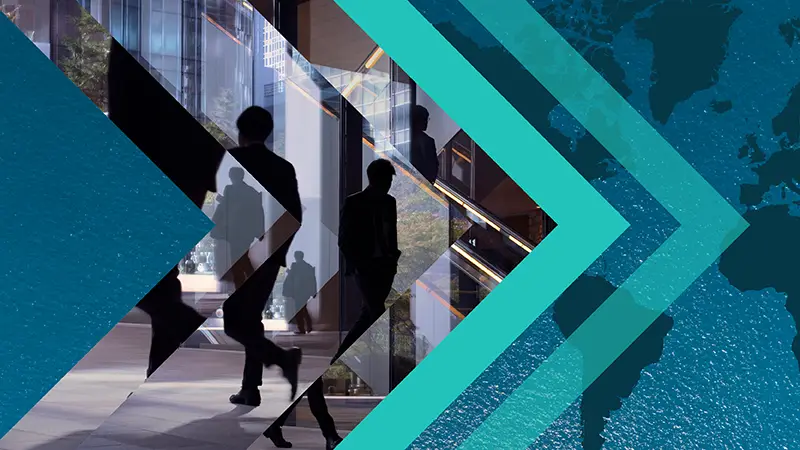
In 2026, organised crime is evolving to infiltrate industries and supply chains.

In 2026, compute will define global competitiveness.
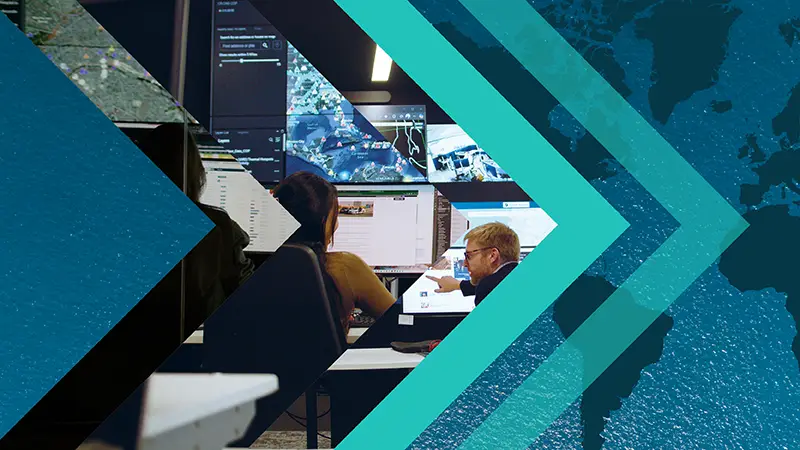
In 2026, chaos is no longer exceptional; it’s expected.
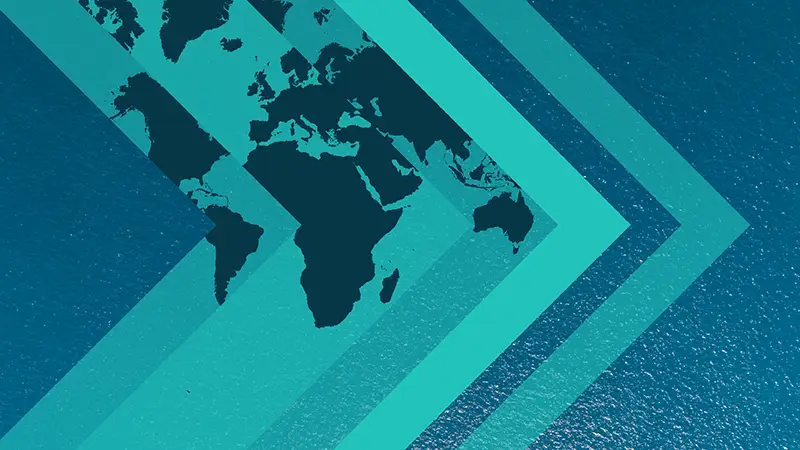
Who are the risers and fallers? Where has risk increased or decreased? We have changed 27 countries' risk ratings this year. Download our global and regional maps now to find out.
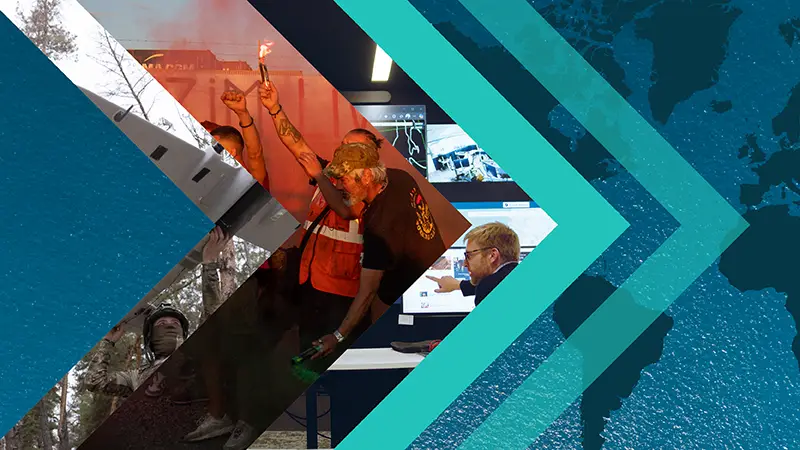
Nick Allan, Control Risks CEO, looks ahead to the trends shaping business in 2026 and unpacks how businesses can remain resilient.

Get a deeper sense of what these trends mean for your business. Led by our experts, our bespoke interactive RiskMap briefing sessions are shaped by your budget and strategy.
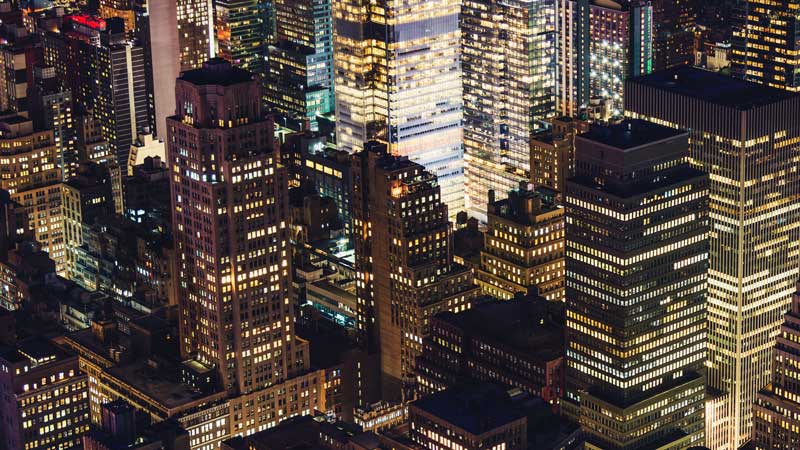
Informed and responsible risk-taking is crucial for any ambitious organisation. Our security and intelligence programmes help manage risk and seize opportunity.

If you’re responsible for your organisation’s risk, security and compliance capabilities, you’ll need to get ahead of potential threats and feel equipped to respond in crises. Protect your people, assets, data and reputation – no matter what with Control Risks ONE.

Identify and monitor key risks to your organisation.